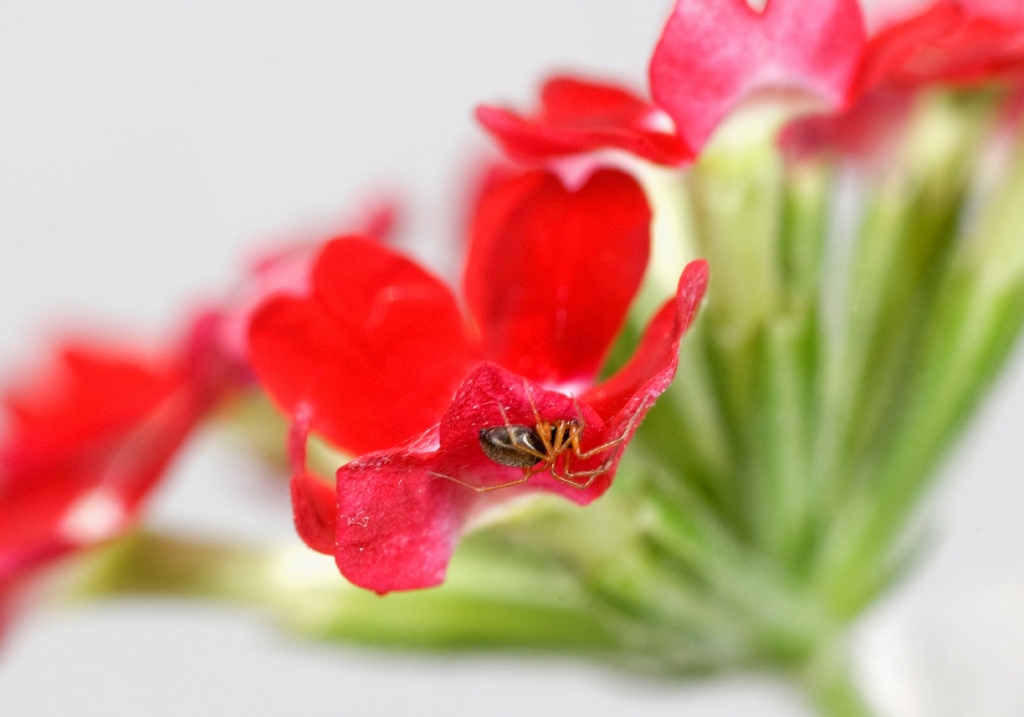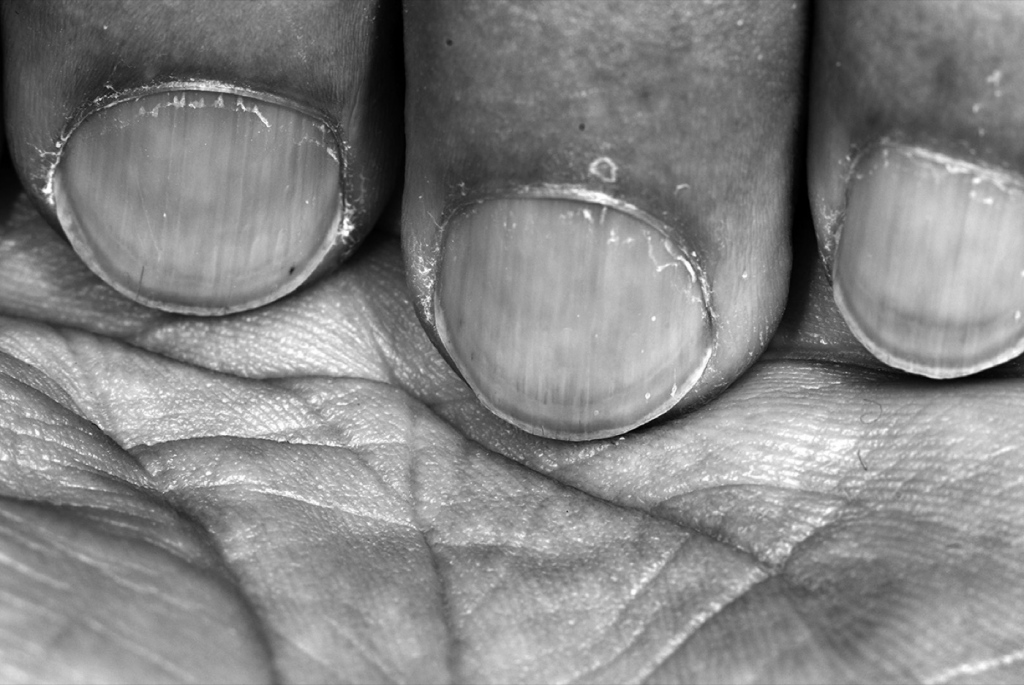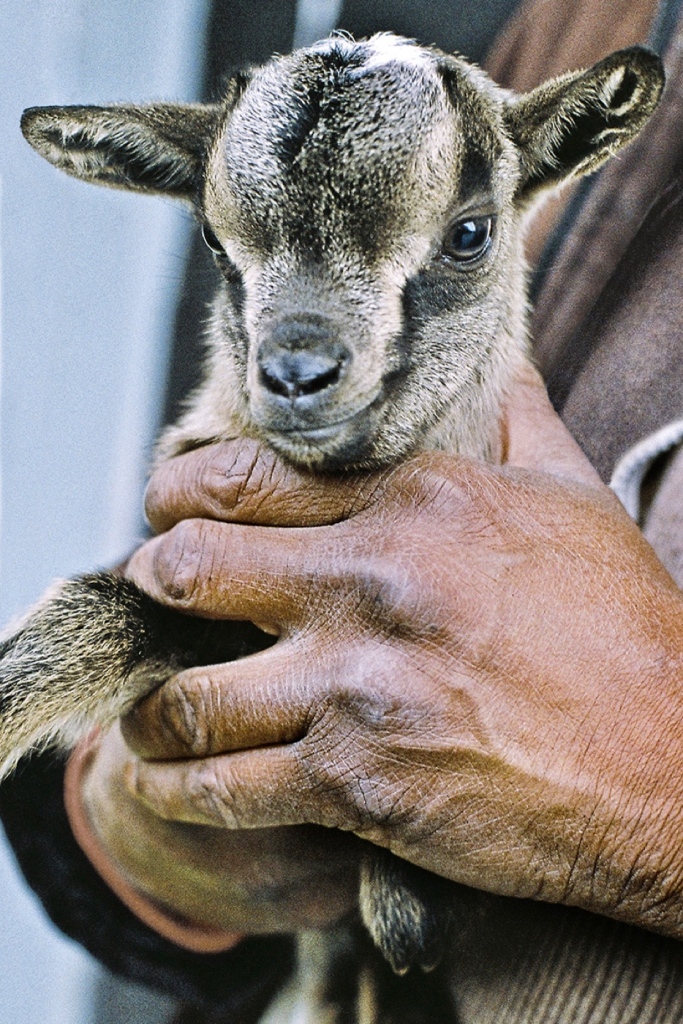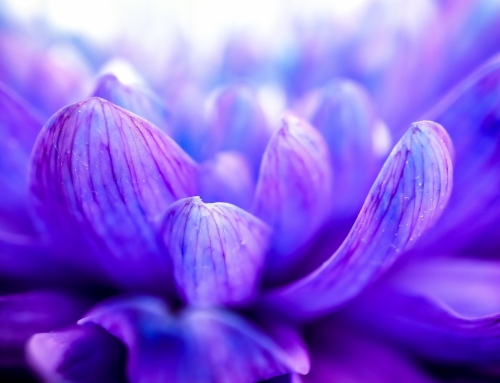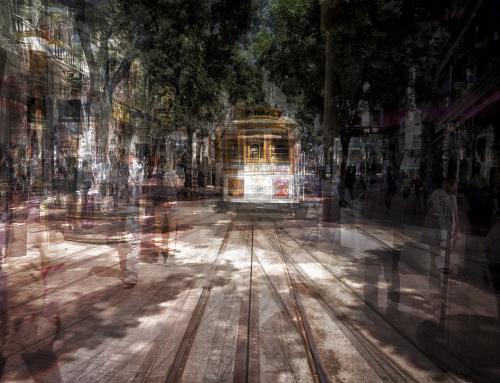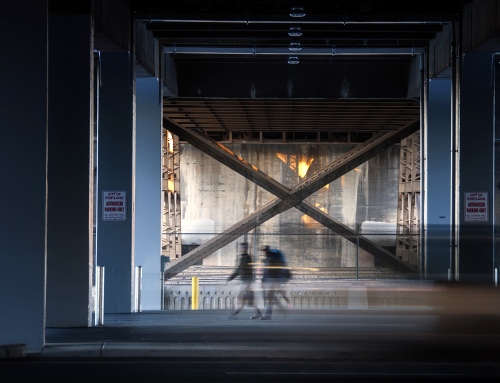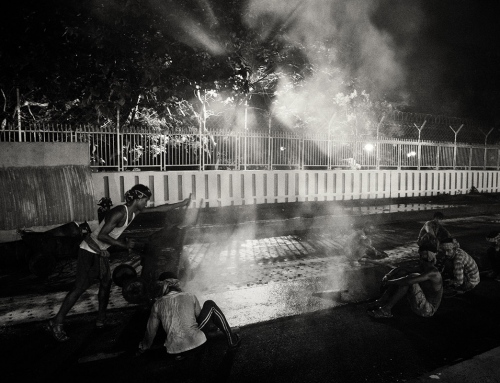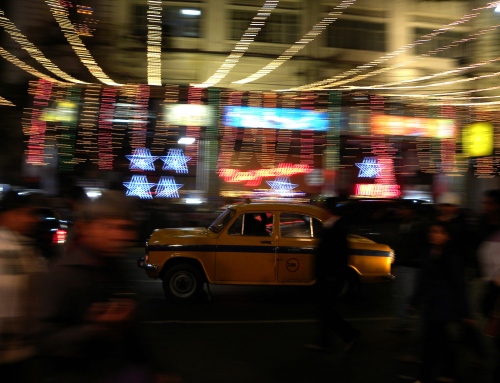We’ve been talking about principles of composition in photography in a number of posts now, but we haven’t touched the subject of filling the frame. What does filling the frame actually mean? It means exactly what you may assume it means even if you’ve never heard about it. It is one of the principles in photography that follows the ‘get closer’ rule more than any other. It means framing your subject in such a way that it occupies a large amount of space in a photograph.
Visual interest
One of the most common mistakes any new photographer makes is not getting close enough. When you start photographing, you may be feeling shy or uncertain. You don’t want to get in people’s faces, or you don’t want to crop your photo too much. You would rather have more space around the subject, because you can always crop it later, right? That may be true to some extent, but if you never learn how to crop as you are shooting, you can never learn and improve your images.
Creating a center of visual interest can be achieved easily just by your moving in closer. If you use a zoom lens, go for it, otherwise – move your feet! Even when you think you’ve gotten close enough, take a step further. The most compelling images are created out of your comfort zone!
Detail
By filling the frame with your subject, you give it full attention. You eliminate any details that might steal the spotlight, so there’s no doubt about what the focal point of the image is. Plus, the bigger the subject is the more details of said subject will be included. This composition rule can be used for shooting any subject; from people, animals and flowers, to architecture and landscape. Just make sure that your center of visual interest takes up enough space that it almost spills out of the frame. Don’t be afraid to cut parts of the subject out.
Background
Backgrounds are often cluttered with information that is not relevant to the subject and only divert attention. While you are filling your frame, keep your aperture number low, that way the background will stay blurred and only your subject will be in focus. Otherwise, shoot your subject on a plain background that will really enhance it.
Filling the frame in photography will probably not work for every single shot. But it can be used in cases when you have one specific subject that you want to stand out. Using this composition technique with intention will give your photography more diversity and dynamic. If you’re not filling the frame completely, really think about what is surrounding your subject and if it delivers the same emotion. But do not be shy if you are going to try out this composition rule – be bold and go for it!

